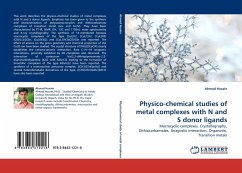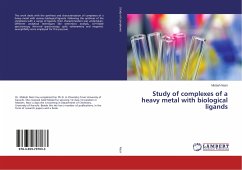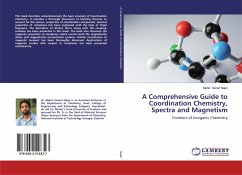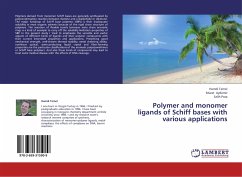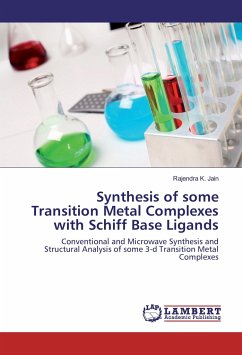Mixed valency in a ligand bridged homo-polynuclear complex arises when metal centers exist in their different oxidation states. The extent of intermetallic electronic coupling in the mixed valent state of polynuclear complex varies primarily depending on the nature of bridging and ancillary ligands as well as on the metal ion. On the other hand, the use of redox active (redox non-innocent) ligands in the complex framework creates ambiguities in the assignment of valence and spin configurations of such complexes as both the metal and ligand centers can take part in electron transfer processes. In consequence precise determination of valence and spin distributions in transition metal complexes comprising of redox non-innocent ligands is considered to be a formidable challenge. Thus, this book has been focused on how to overcome such problems through the correlation of experimental and theoretical results.



![Complexes of [O] and [N] Mix Donor Ligands with Transition Metals Complexes of [O] and [N] Mix Donor Ligands with Transition Metals](https://bilder.buecher.de/produkte/43/43006/43006495n.jpg)
